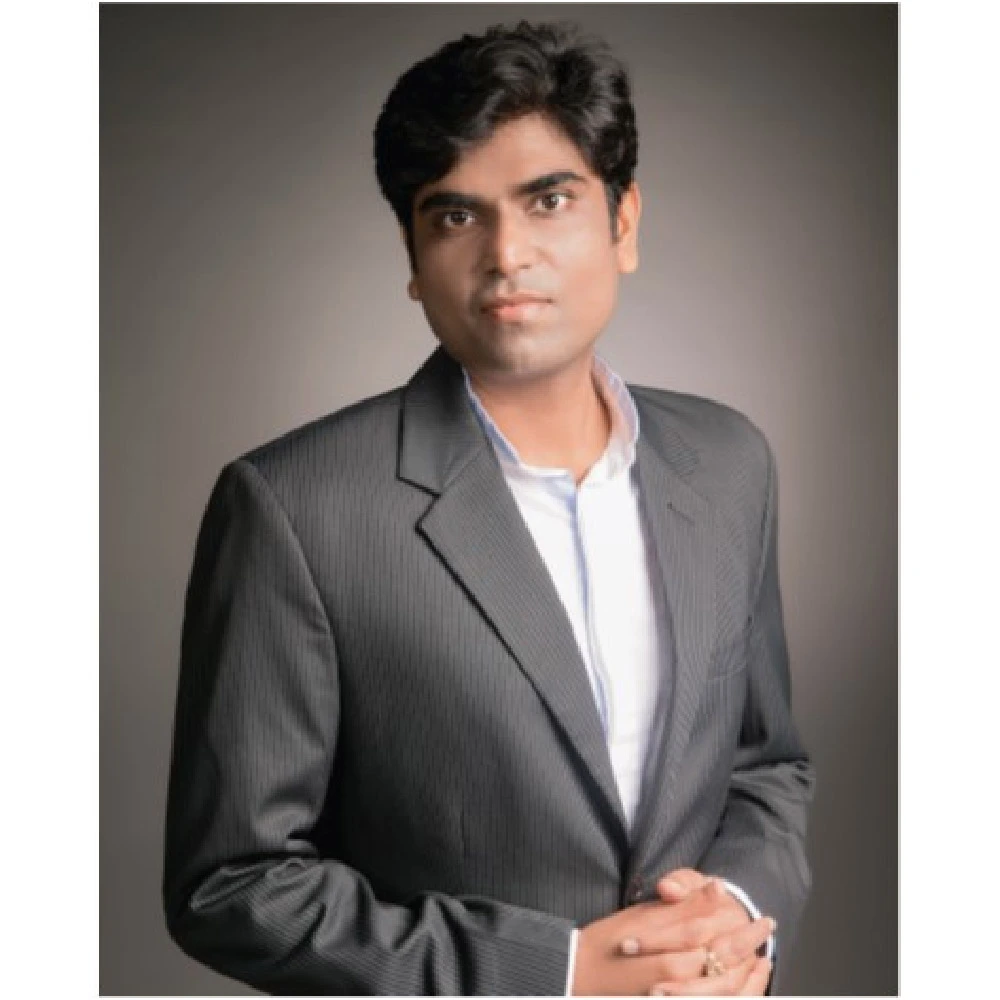Ajay Lakhotia chose to learn how the market functions in order to recoup his losses rather than avoid them.
Ajay Lakhotia was one of many people who had a poor financial year in 2008 when the financial crisis rocked the stock market ten years ago. He was only competing for “getting the biggest return” without having a thorough understanding of the markets. He suffered an 80 lakh loss as a result. The founder and CEO of Asia’s first social investment platform, StockGro, Ajay Lakhotia, discussed his ups and downs.

“The 2008 stock market meltdown cost me about 80 lakh, which was eye-opening. The markets were booming before 2008! Market returns were substantially higher than FD rates, coming in at about 2% monthly and 24% annually, compared to FD rates of 7-8%. Therefore, everyone began investing heavily “Lakhotia stated.
He claimed that buddies would compete with one another to see who could earn the most money. At the time, all investing decisions were made solely on advice.
“However, when the crash occurred, I realized I had little knowledge of how the market functions, including how analysts assess a company’s performance and how they propose stocks, “Added he.
Instead of avoiding the market, he made the decision to understand how it functions and make up for his losses.
He saw how everyone in India enjoys discussing the stock market and is eager to identify and take advantage of the correct investment opportunities, but they lack the knowledge to understand the technical aspects, such as entry and exit timing. It makes sense that despite having the greatest working population and a respectable level of literacy, less than 4% of Indians actually invest in the financial markets.
He established StockGro on the solid foundation of his experience losing money in the market crash and then making it up in the markets.
Lakhotia of StockGro invests according to a few fundamental principles.
- Always hedge and diversify your assets.
- To ascertain which industries will perform well and why, the most dependable firms within the industry, the company’s historical dividend performance, and the promoter’s background, use a top-down strategy.
- Put a 5% book profit target and, more significantly, a 2% stop loss on every transactions.
- How individuals should handle their personal finances
- The majority of people manage their finances automatically. They set aside between 10% and 20% of their income (usually) in fixed deposits, then they spend the rest.
According to Lakhotia, the usual guideline is that your investment should give you adequate yearly returns after 20 years of employment to maintain your lifestyle.
Lakhotia agrees with other market analysts and experts that early in life is the best time to invest since your risk appetite is higher and your personal living costs are lower; as you age and your family responsibilities grow, your risk appetite will decline.
- The CEO of StockGro’s financial maxim is 50% – Expenditure.
- FD savings of 20%
- stocks and mutual funds, 30%
- Advice for 20% FD savings for long-term investors
- 30% is allocated to mutual funds and equities.
He believed that regardless of boom and bust cycles, one should invest in things they appreciate and think will be long-lasting.
What industries should long-term investors bet on then?
- For instance, soaps and toothpaste will continue to be profitable products.
- Future growth and expansion will be driven by the auto industry and logistics.
- With an expanding economy, it is inevitable that the banking and financial services sectors will expand.
- Choose reliable dividend-paying stocks for long-term investments that are less volatile after the results are released.
recommendations for novice investors
Choose momentum stocks for short-term investments if you want to observe a change in investors’ perceptions of the company’s future earnings due to recent developments in the business or industry, such as new product wins or regulatory changes.
Ajay, an investor at heart and an entrepreneur at heart, claimed that these stocks can be traded for as little as 7 days to 3 months with a rigorous stop loss.
“For instance, it is anticipated that the National Logistics Policy will alter the industry and offer several incentives. The biggest winners would be the top high-tech logistics firms, which would raise their stock values, he said.
As the price of the stock climbs, investors should set their stop losses to 2% of the current price to ensure that they will still be profitable even if the market turns.
The Bangalore-based startup StockGro was established in January 2020. The company, which has a strong emphasis on millennials and Gen-Z, boasts of expanding over two times month over month and has passed 10 million app downloads within a year of its start in June 2020.















